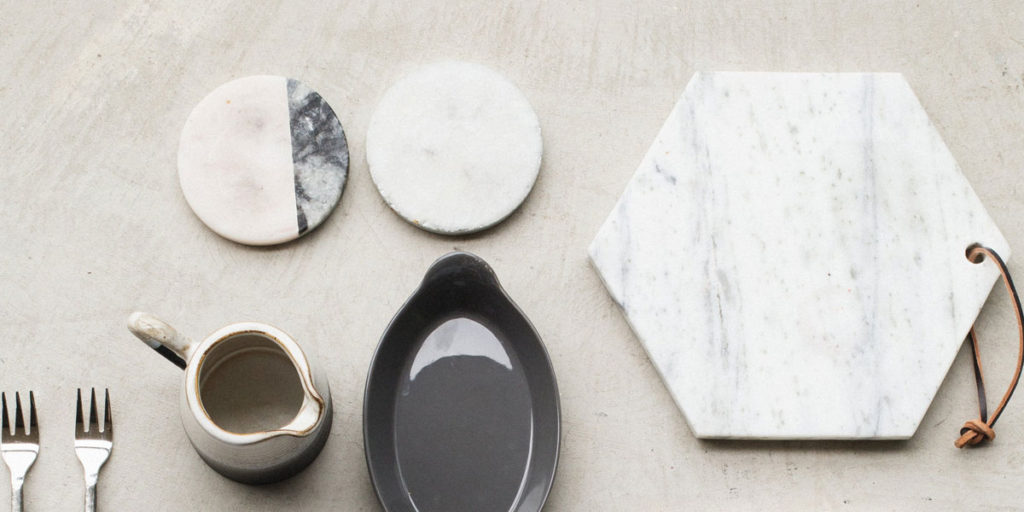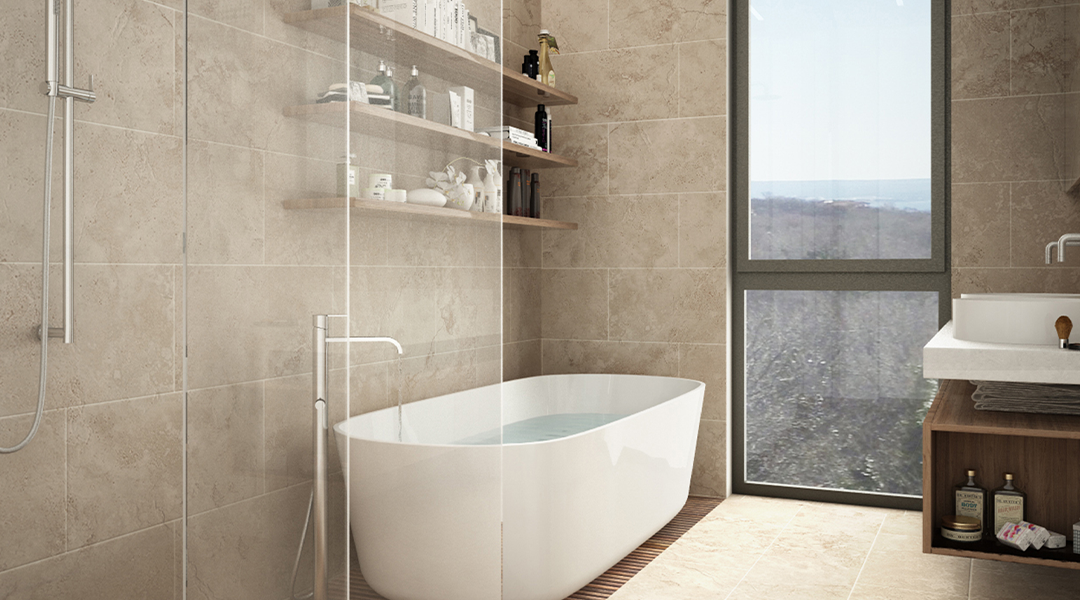Limestone has many purposes, but an increasingly popular use is for kitchen countertops. While it is not as popular as granite or quartz, limestone provides an affordable alternative to traditional materials. The many types of limestone provide a variety of choices for designers. With proper care, limestone can make a great addition to any project.
Looking for a Natural Stone Supplier? Check out These Tips
What is Limestone?
Limestone is a sedimentary rock formed from the remains of animals and small plants or through chemical precipitation. It is also a very versatile stone and can be used in a variety of applications both indoors and out. For some indoor projects, limestone can be used for flooring, countertops, backsplashes, and fireplaces. For the exterior purposes, limestone can be used in your garden, as an exterior wall of your property, and even for huge construction projects. Some benefits of limestone include:
- Durability
- Versatility
- Availability
- Always in Style
Limestone has many color variations to choose from, including pure white, off-white, beige, ivory, brown, gray, red, and yellow. These color tones are very neutral and provide a more natural look.

Limestone’s neutral colors make it a great contender for countertops and other areas of your home.
What are Different Types of Limestone?
Like other natural stones, the different types of limestone are created based on various formation conditions including the material composition, location, environment, and age.
Travertine
Travertine is a dense rock composed of calcium carbonate formed by the evaporation of river and spring waters. The color is light and can be polished easily. Due to the long period of formation, travertine limestone is often banded with newer layers covering older layers. This leads to variations in color that can be quite eye-catching. It is often used for walls and flooring and gives a modern feel to your home.
Fossiliferous
Fossiliferous limestone is limestone that contains fossils within it. These fossils can still be seen on the surface of the rock after many years. These plants and animals add a look to the limestone that cannot be replicated, so each slab of fossiliferous limestone is made unique by its own fossils. After it is polished, the limestone can be used for buildings and other decorative purposes.
Oolite
Oolites are rocks that are small and egg-shaped. They form when calcium carbonate coalesces around a base, such as a grain of sand, to form a smooth surface. When limestone is made up of oolites, it takes on a textured, pebbly pattern that is very different from other types of rock. Along with travertine and fossiliferous limestone, oolite limestone is used in countertops.
One of the main advantages of using limestone is its luxurious look. The various types of limestone show how many different meanings that word has. If you choose to get a limestone countertop, you have a multitude of choices that can complement your personality and space perfectly. You can be assured that, with proper care, this beautiful natural stone will remain for years.


